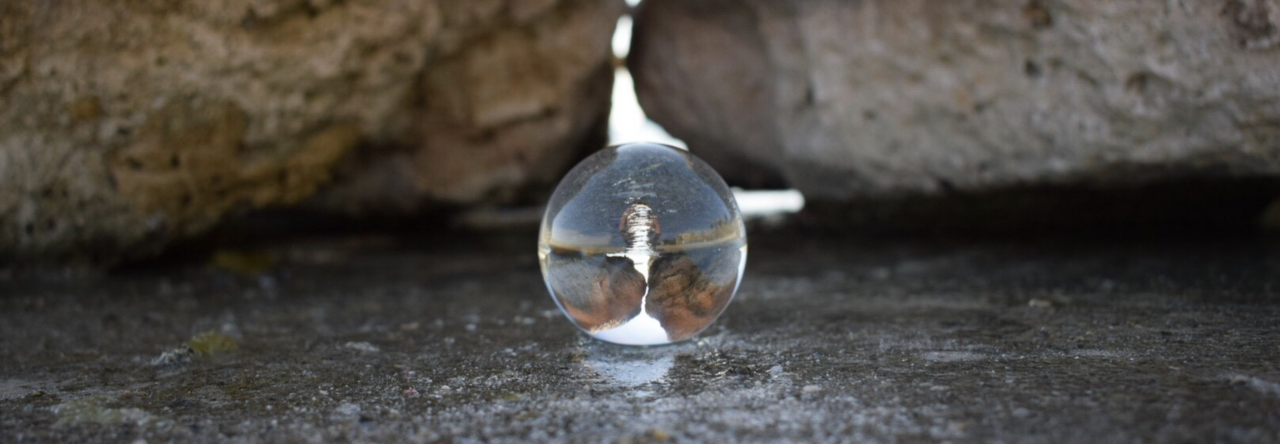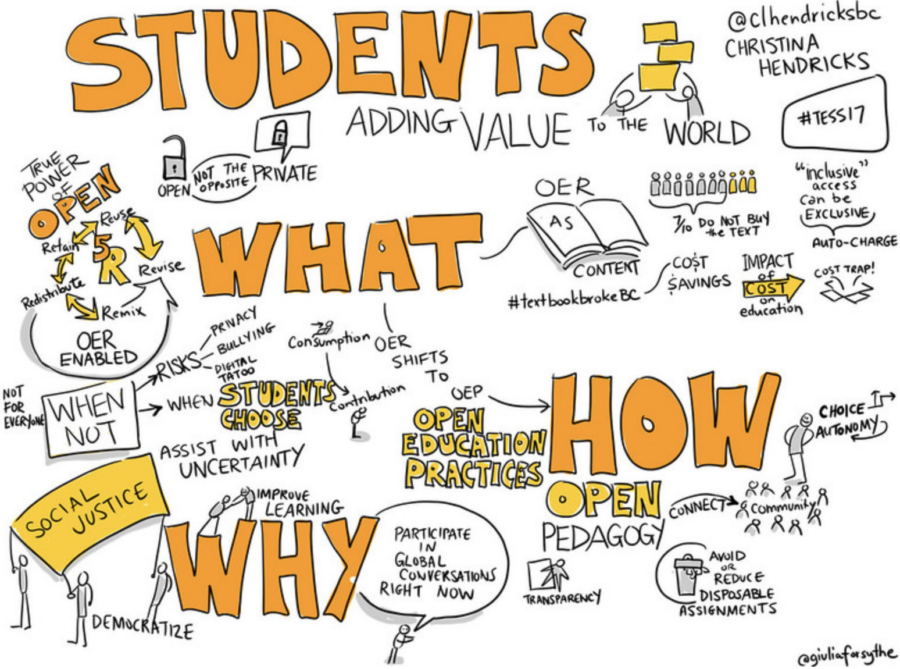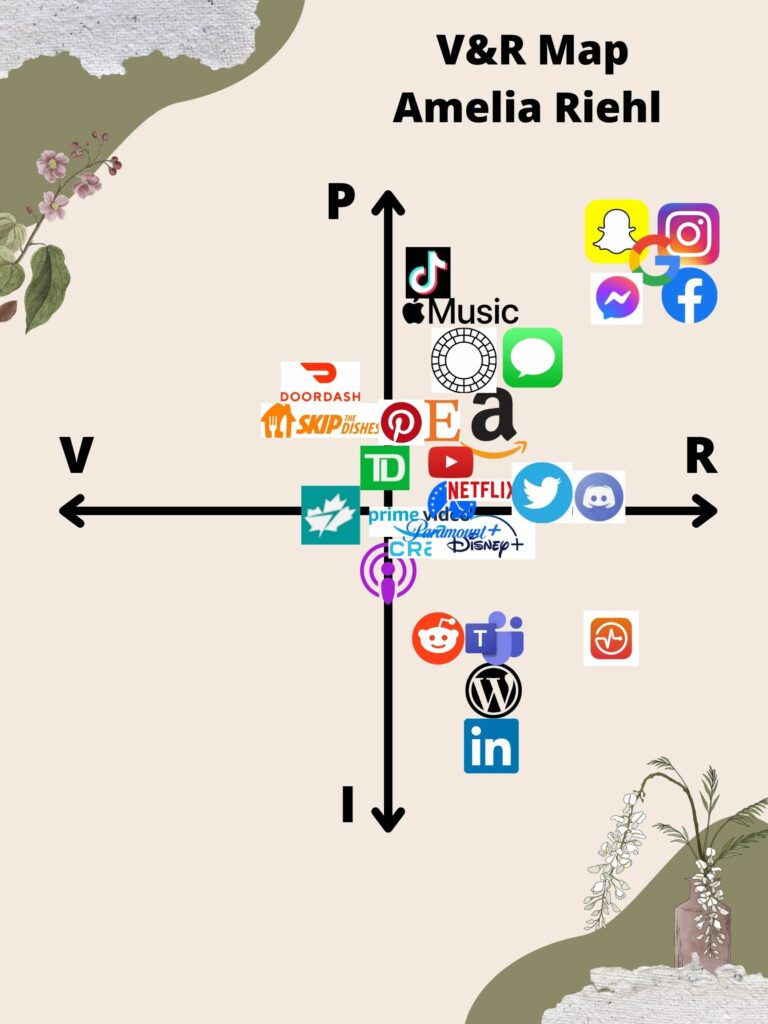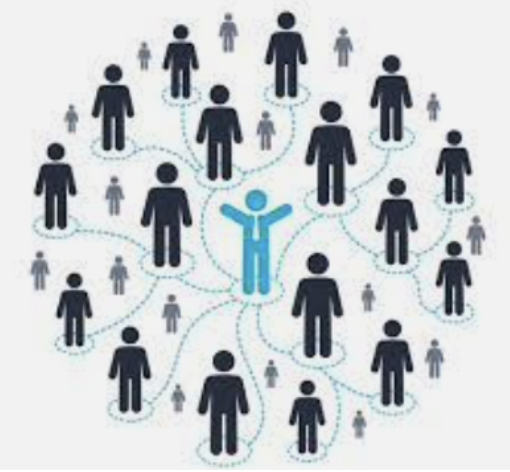Different learning approaches can be utilized in learning designs, such as inquiry-based learning, project-based, design thinking, direct instruction, and open pedagogies, to help engage students and promote education. Most of these approaches are approaches we have heard of before, and they might even be learning approaches our teachers used with us or that we use with our students. However, open pedagogies is an approach I have never heard of before.
‘Open pedagogies’ sound pretty intimidating; however, their meaning is quite simple. Open pedagogy is the practice of engaging with students as creators of information rather than simply consumers of it (UTA, 2021). In other words, open pedagogy is a form of experiential learning where students demonstrate understanding through the act of creation (UTA, 2021). Within open pedagogy, products are produced. These products can come in the form of learning resources, such as open textbooks or editable website pages like Wikipedia. Another example of an open pedagogy can be students’ involvement in creating the school curriculum. These products are open for public access and allow for revision and reuse.
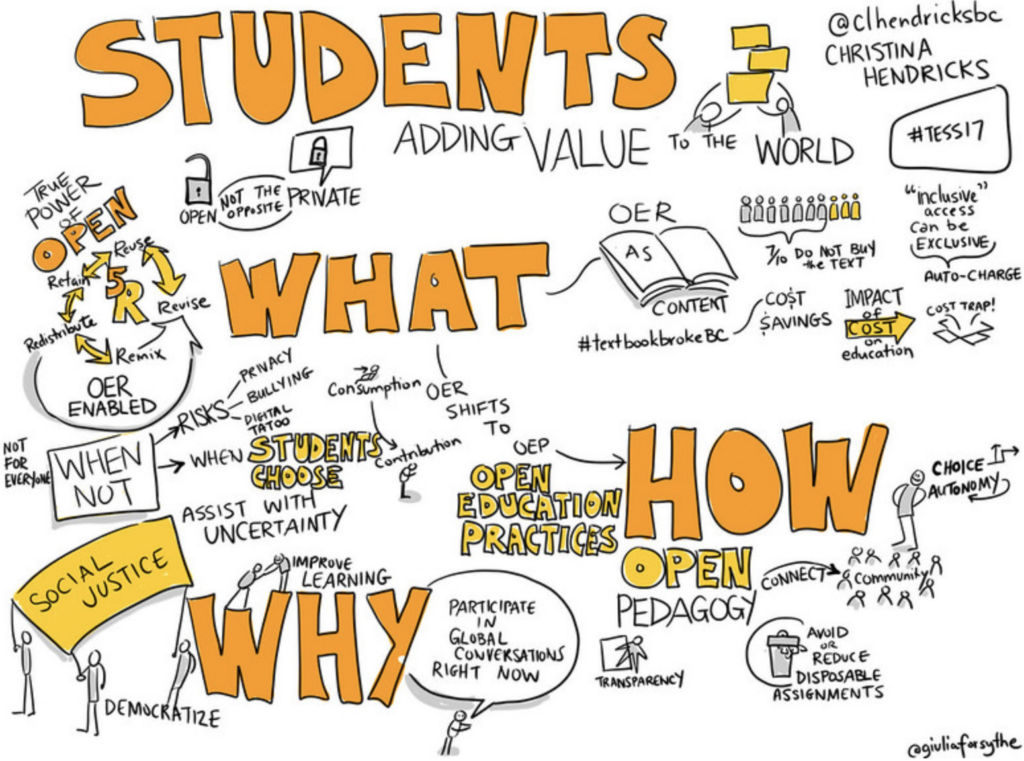
Incorporating open pedagogy into learning design could be tricky as open pedagogy products and materials are not set in stone as they are made to be reused and revised (BC Campus, OpenED). Using open pedagogy, instructors cannot hand a PDF file of information for students to learn. Instead, students would need to collaborate to create their learning materials.
Open pedagogy is not a learning approach for everyone. Open pedagogy requires a lot of work as the students themselves create this information. To generate this information, students need to have a strong understanding and knowledge of the topic of the product they are making or contributing to (UTA, 2021). Further, open pedagogy challenges the traditional teaching role that teachers are there to lecture and students to absorb information like a sponge (UTA, 2021). In reality, open pedagogy allows students to engage in information creation, therefore allowing students a greater understanding of the laws associated with information ownership (UTA, 2021).
This approach to learning is much different than the traditional approaches, such as direct instruction or inquiry, in the sense that students are in charge of creating what they are going to learn, rather than the teacher making what they will learn.
Thanks for visiting 🙂
Amelia
References
BC Campus Open Ed, (n.d.). What is Open Pedagogy? https://open.bccampus.ca/what-is-open-education/what-is-open-pedagogy/
University of Texas Arlington, (2021). Introduction to Open Pedagogy. https://libguides.uta.edu/openped
Waychoff, B., (2020). Revitalizing Teaching with Open Pedagogy. https://cetls.bmcc.cuny.edu/blog/2020/01/31/revitalizing-teaching-with-open-pedagogy/
